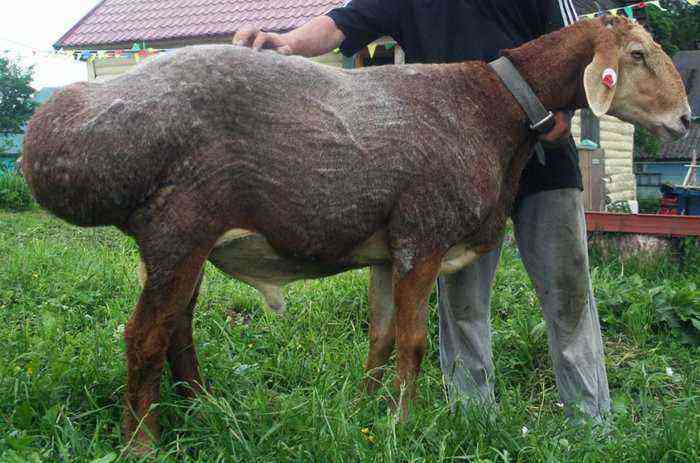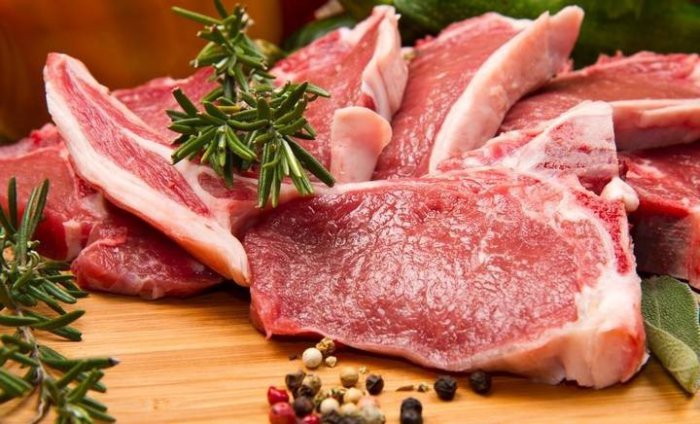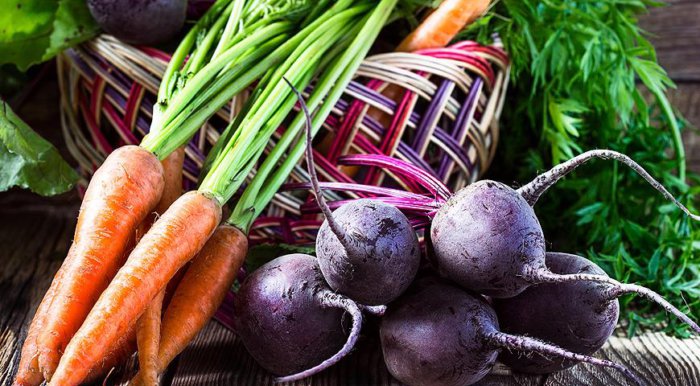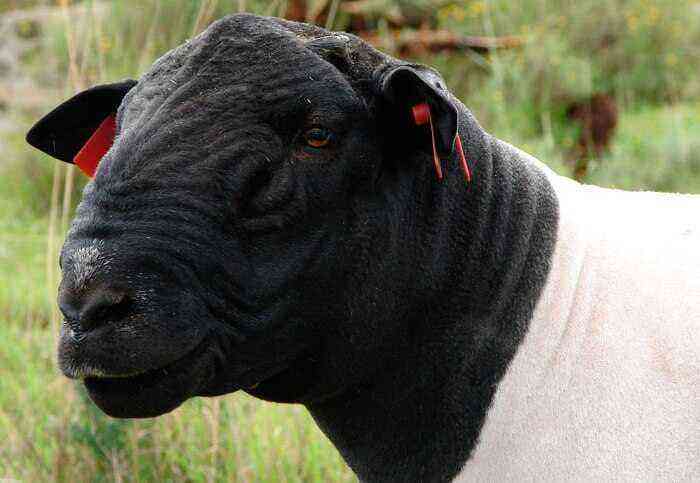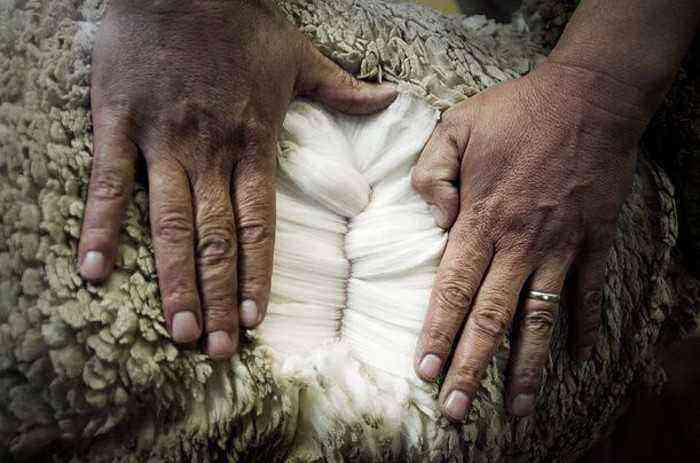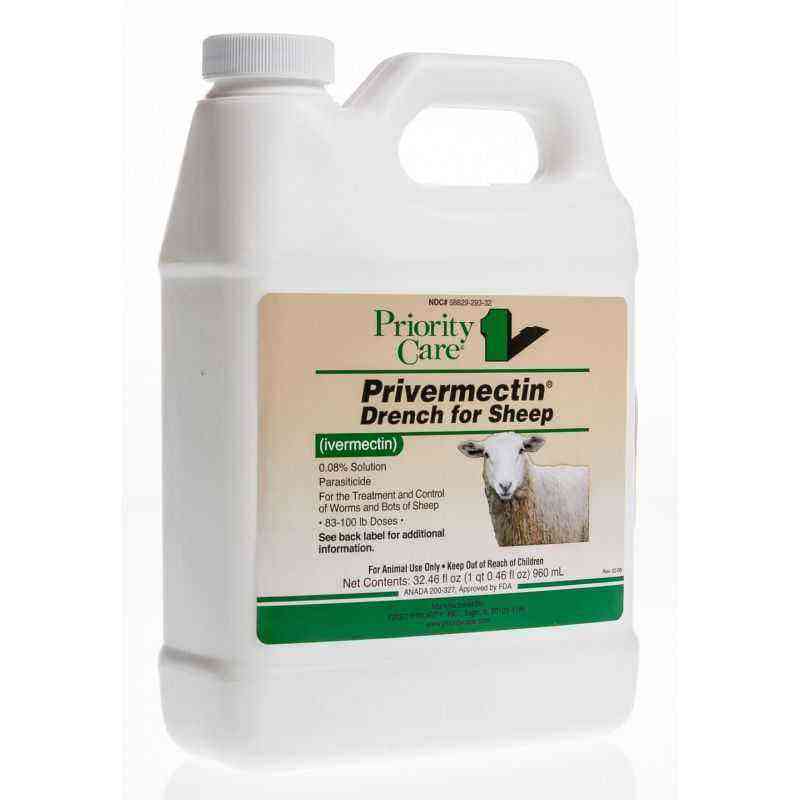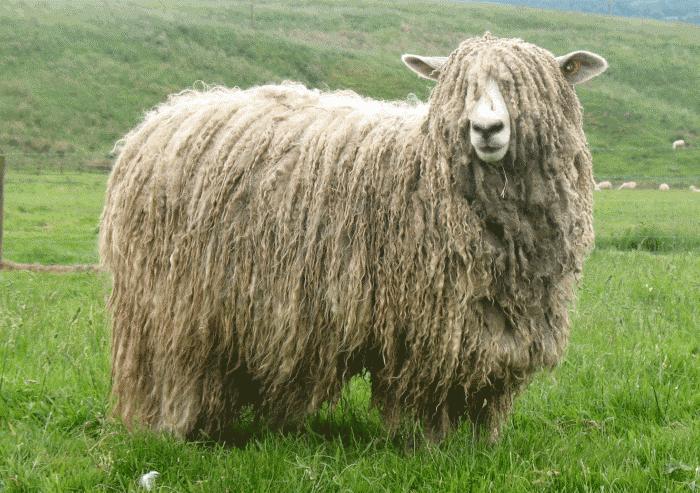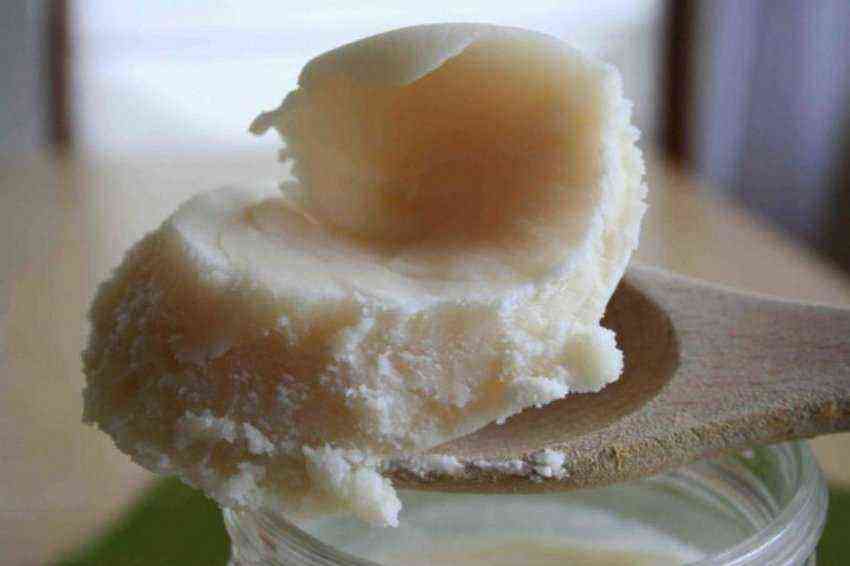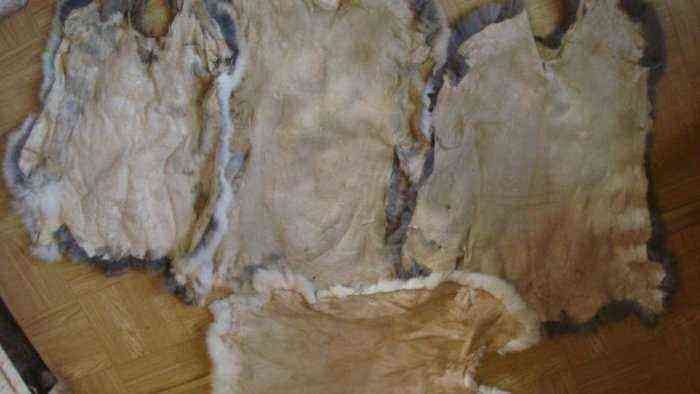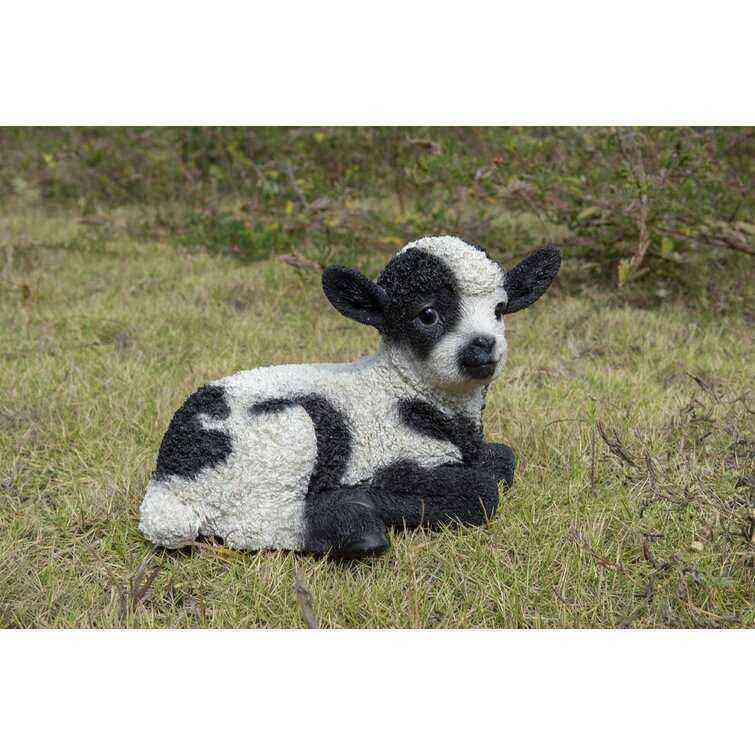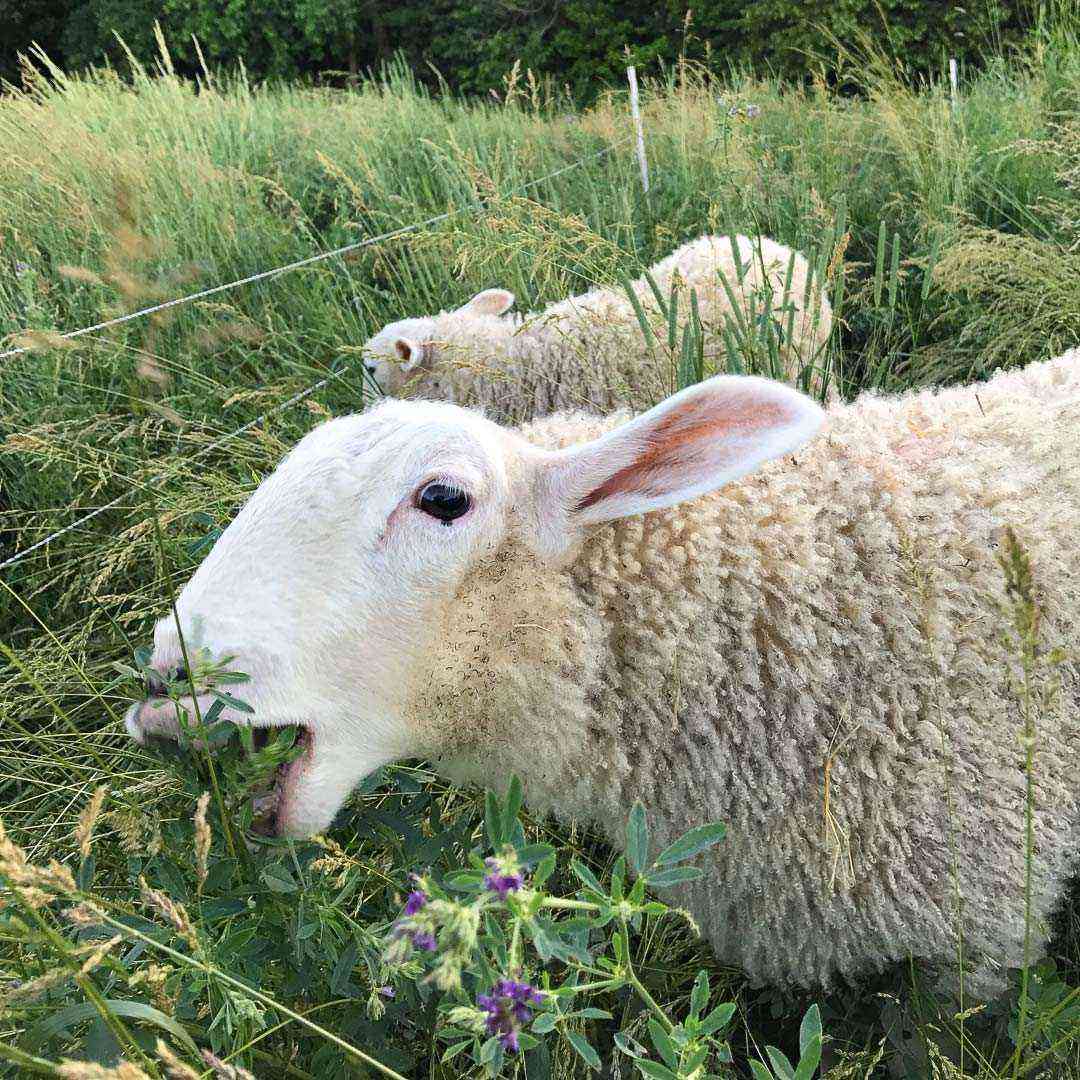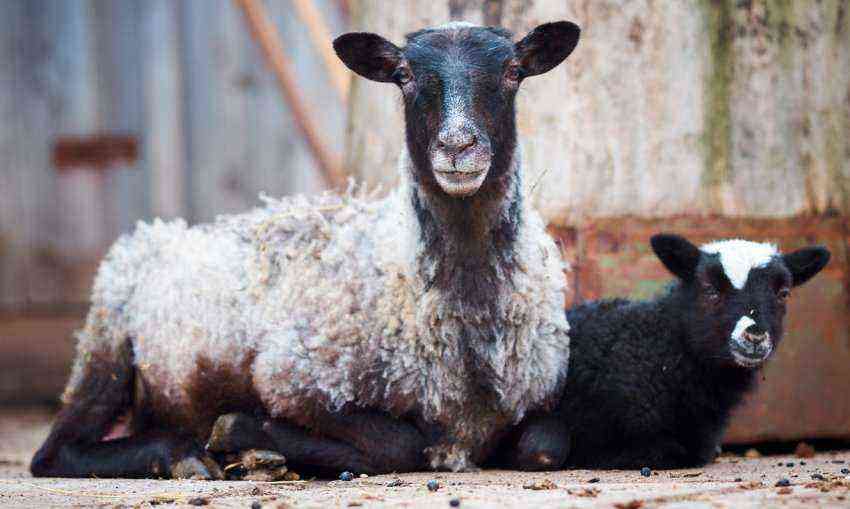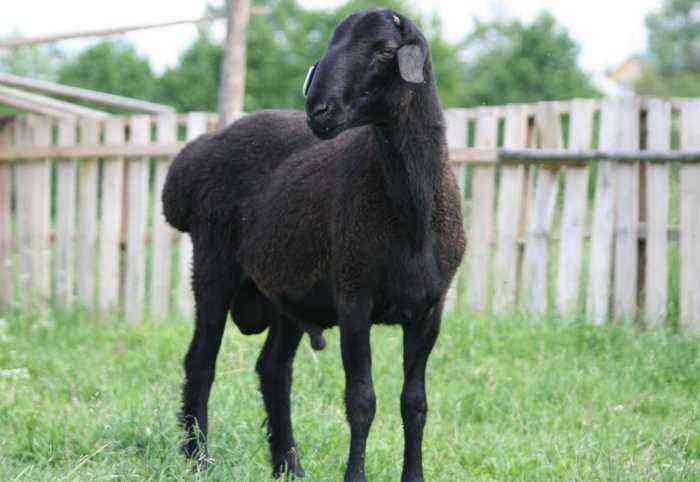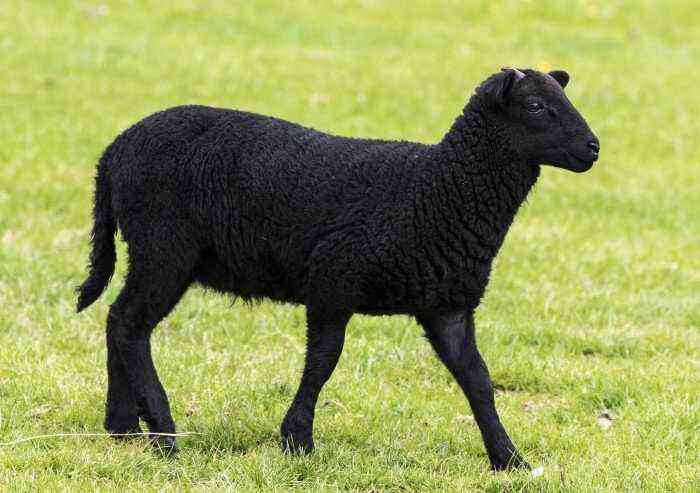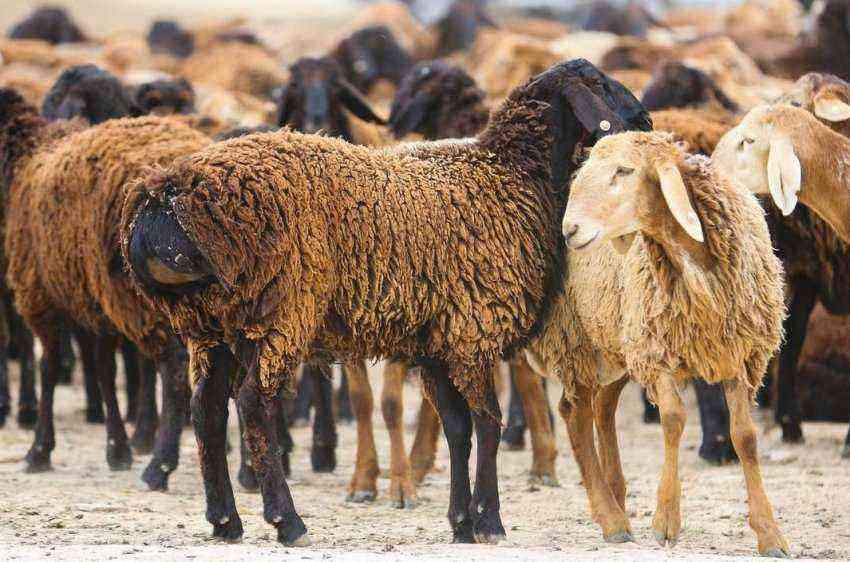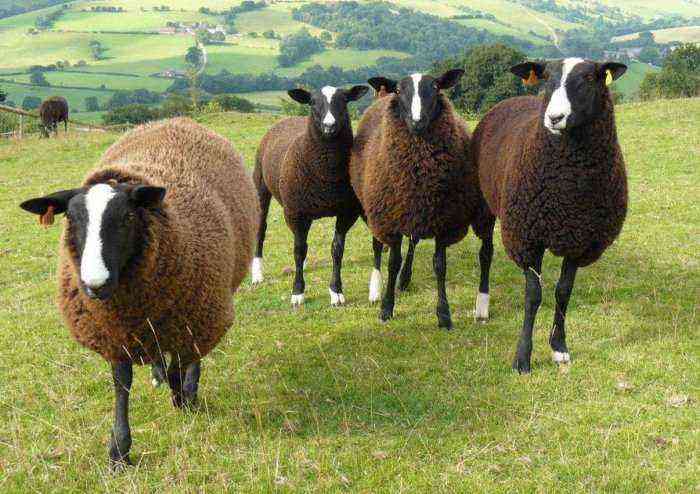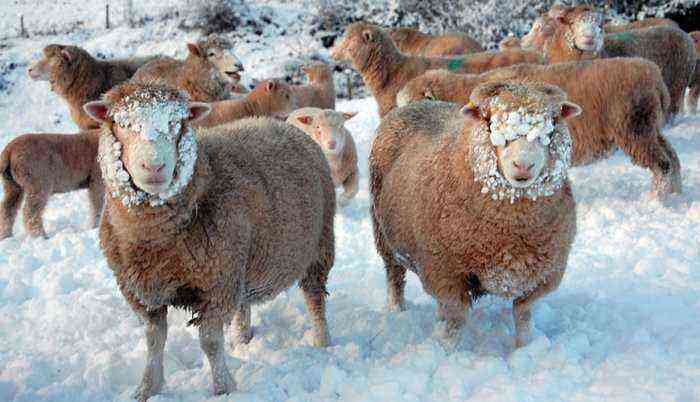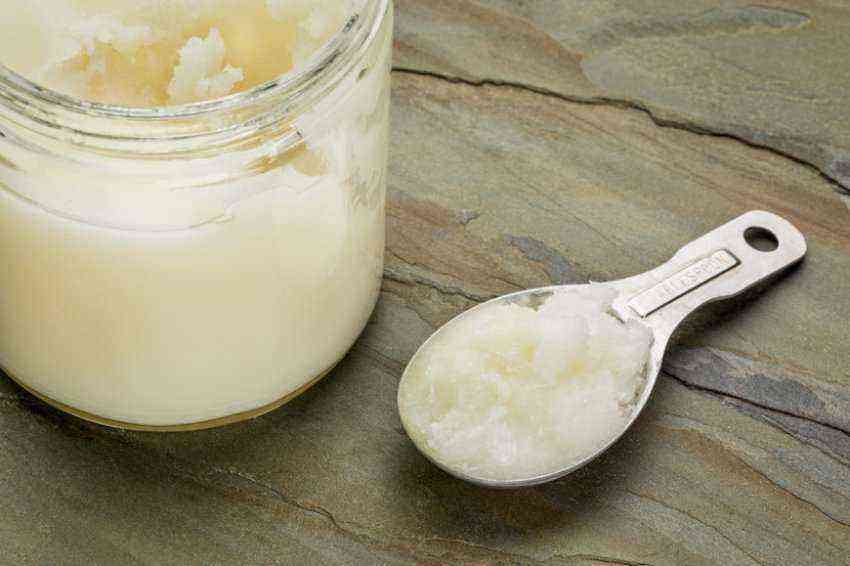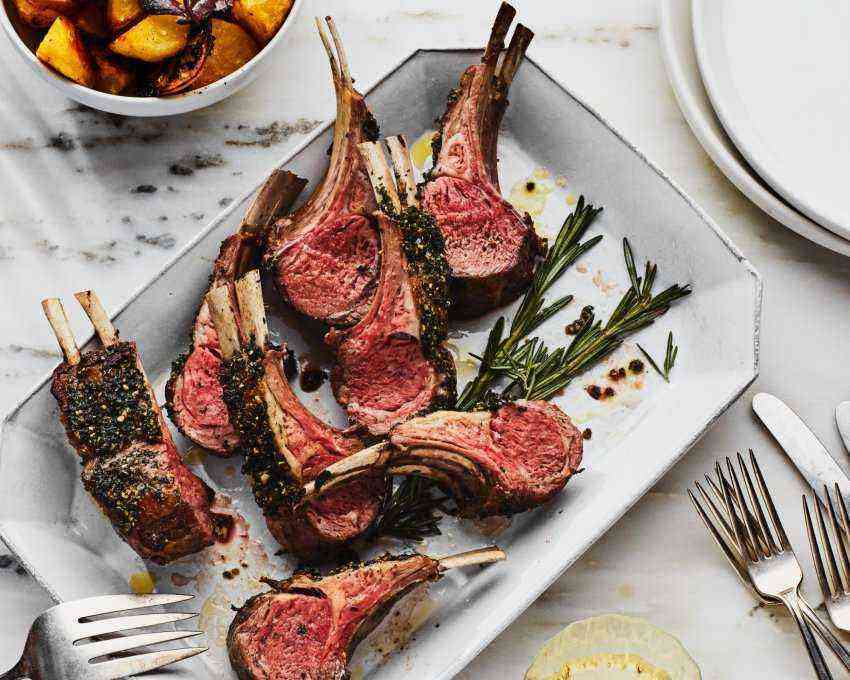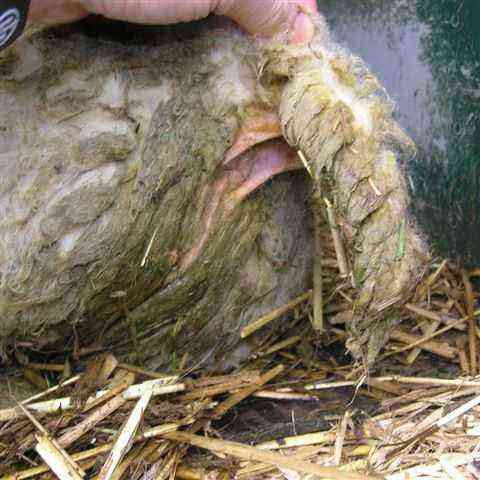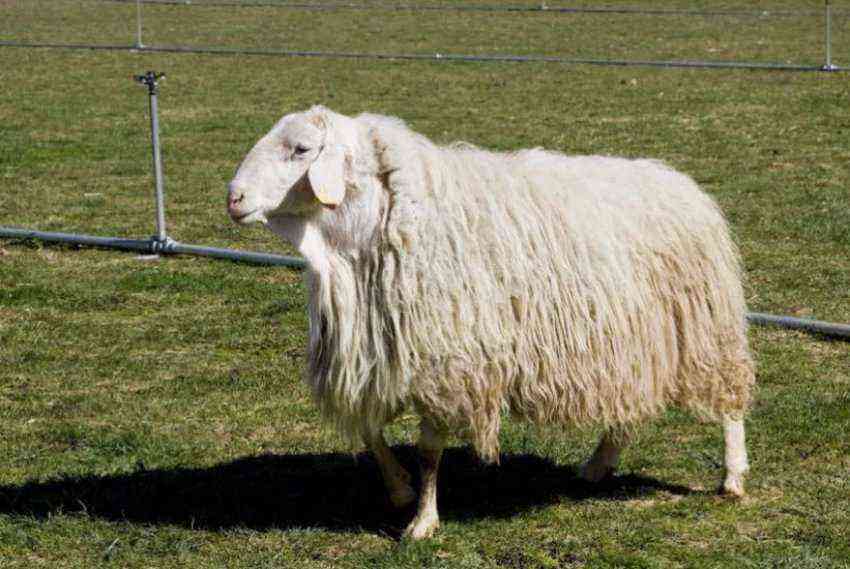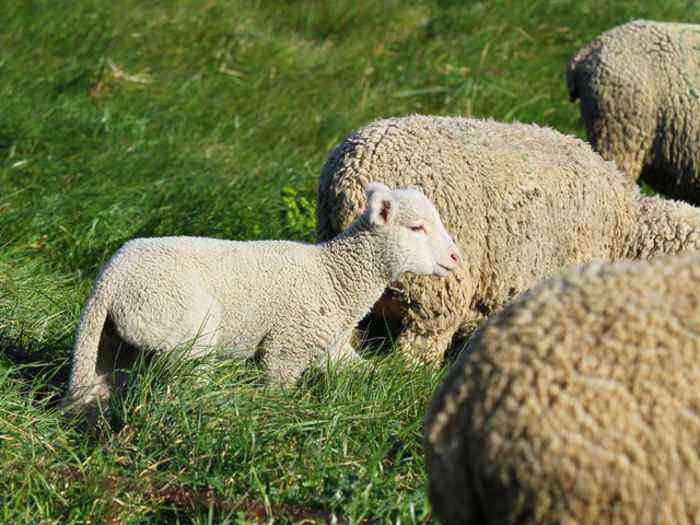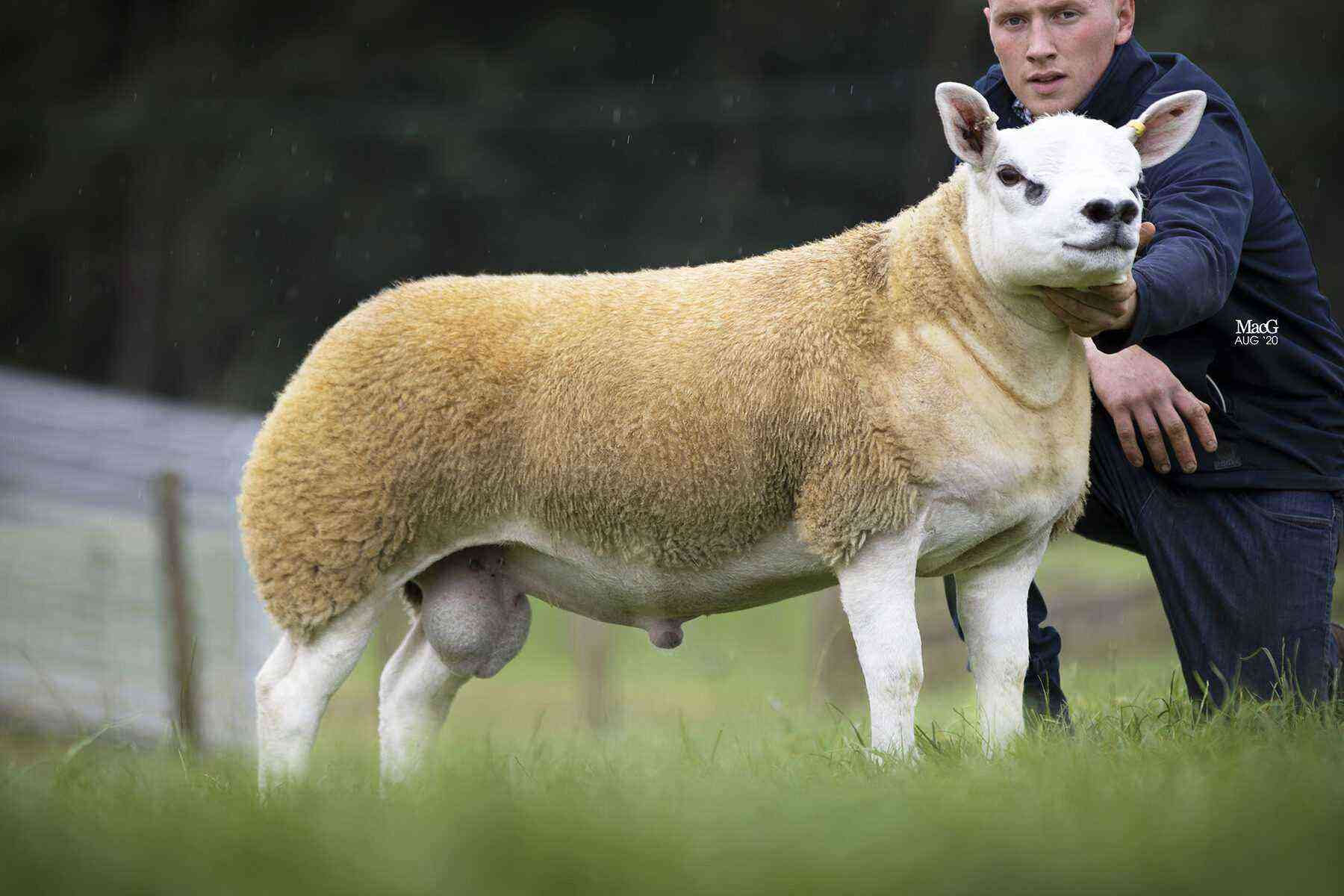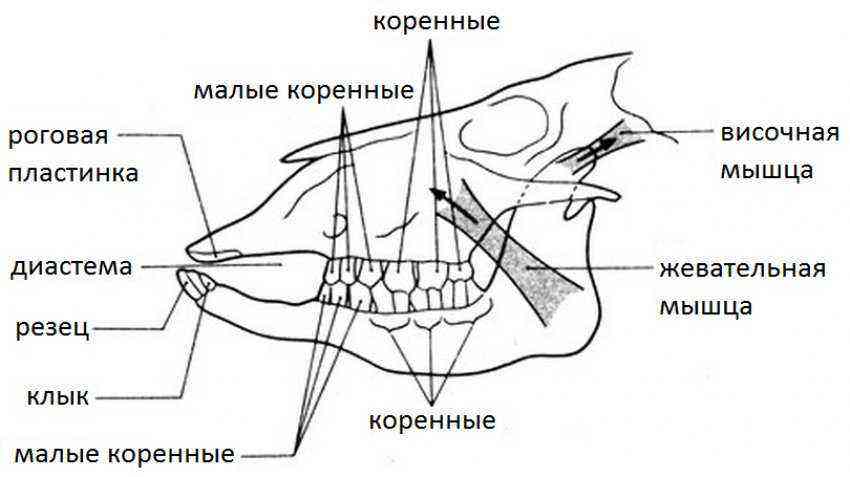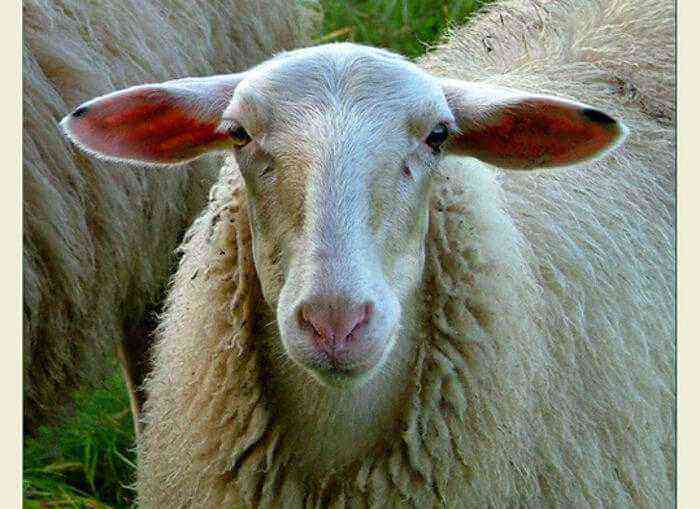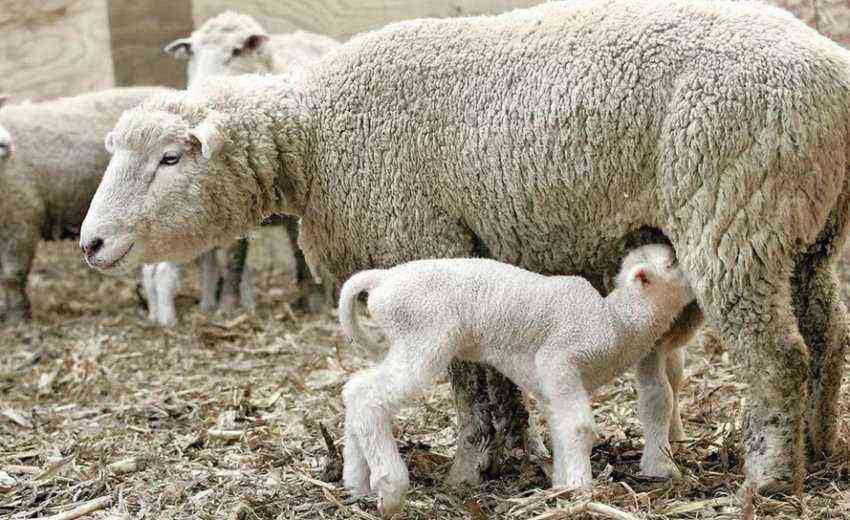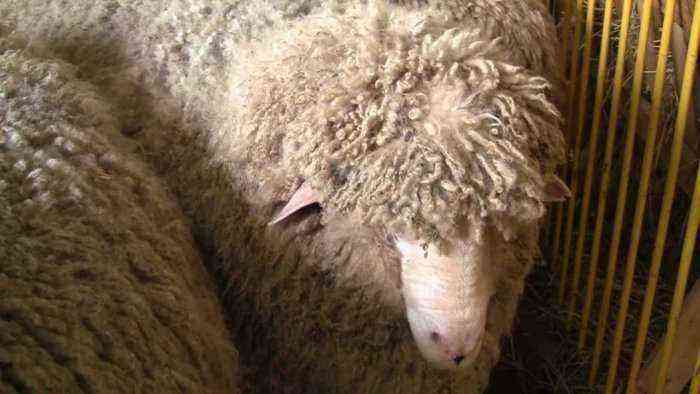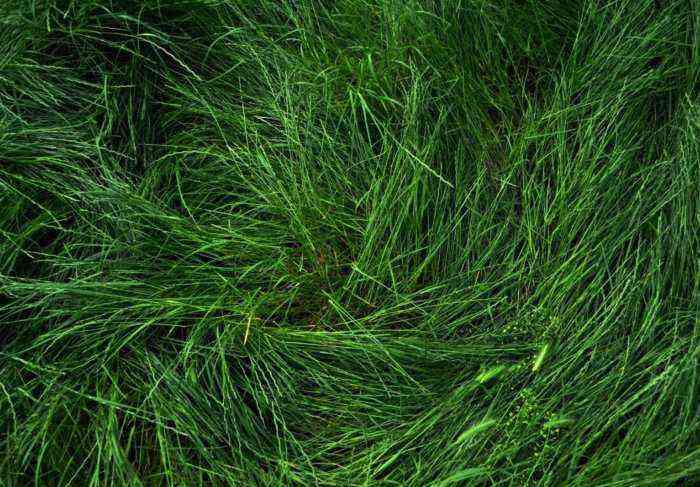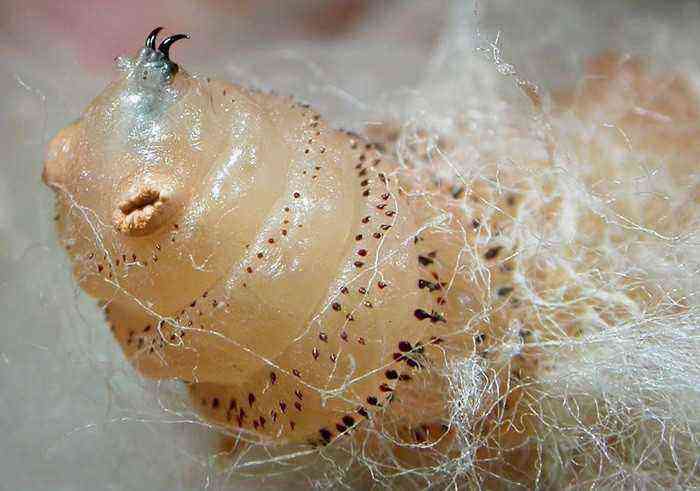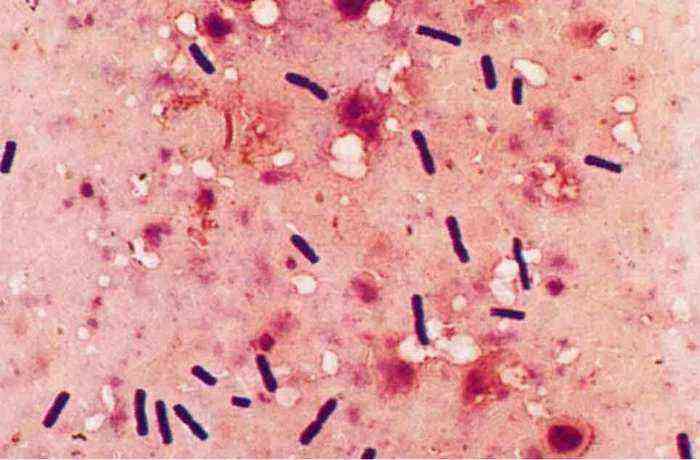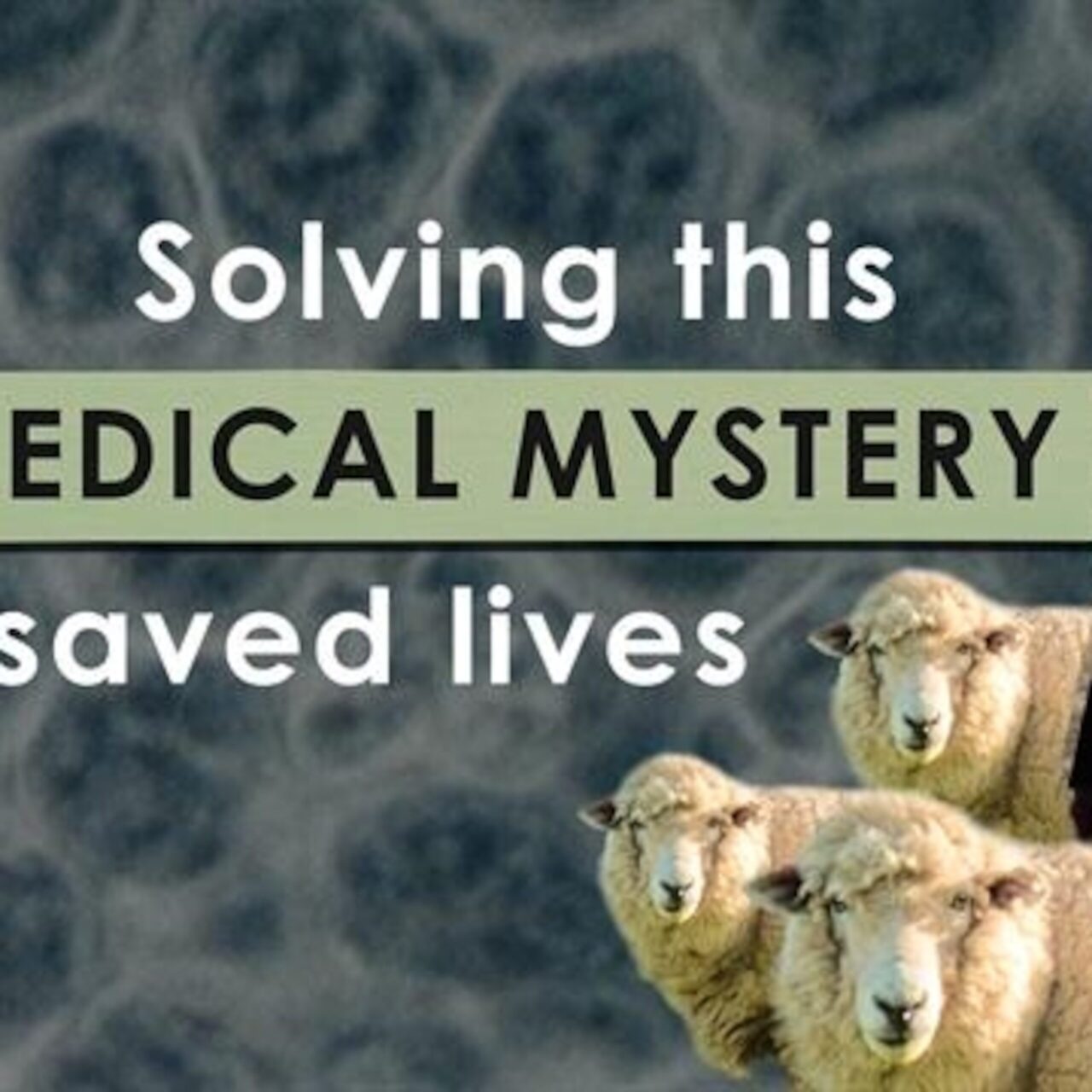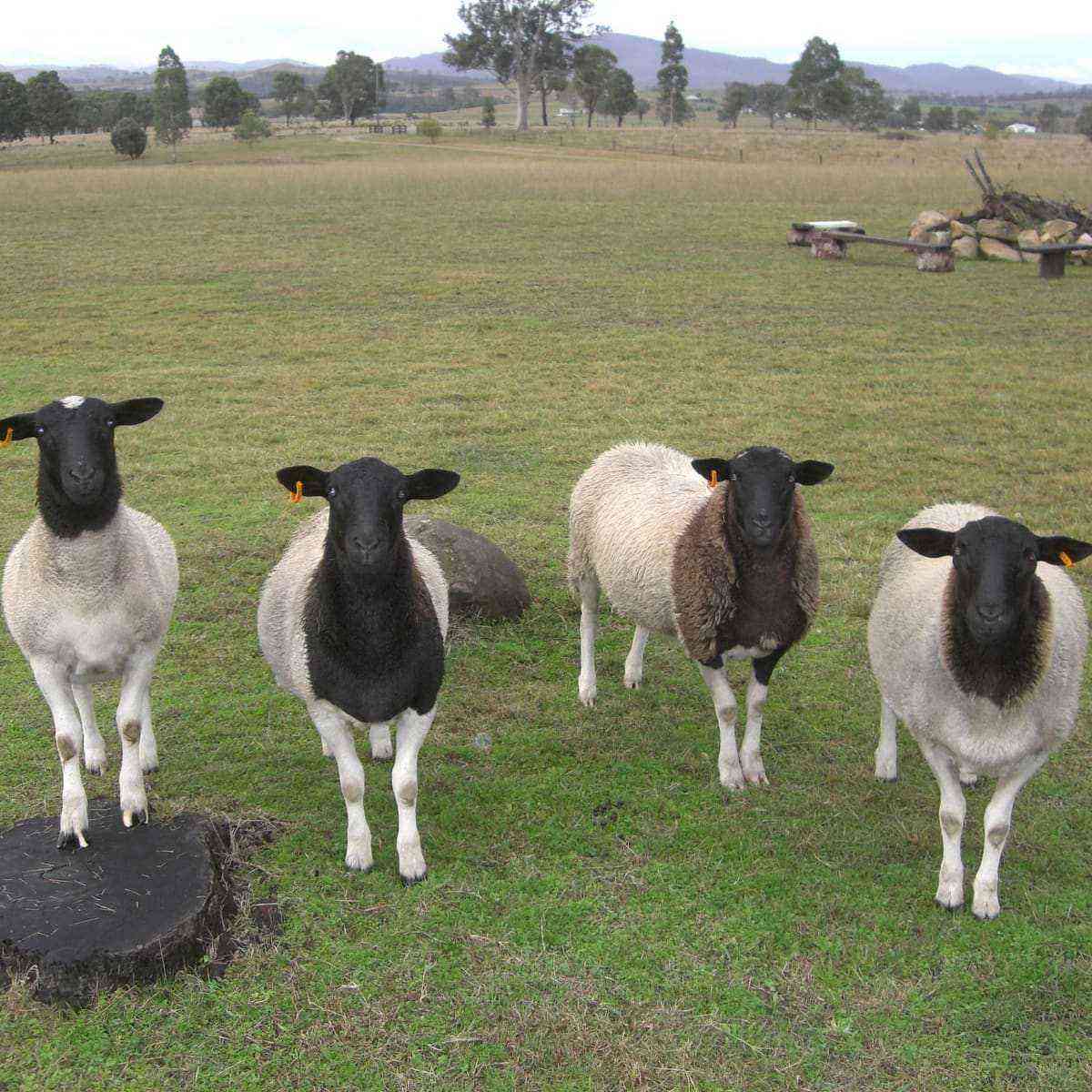The Hissar breed of sheep is suitable for breeding both in subsidiary farms and on large specialized sheep farms. These animals are distinguished by their large size, high yield of meat and fat. They are hardy and resistant to many diseases common to small cattle, which reduces the requirements for their maintenance.
Hissar breed of sheep
History of the breed
The sheep of the Hissar breed were bred by Uzbek and Tajik breeders. The best representatives of local varieties of sheep were taken as the basis for the new breed line. The main breeding area was the Gissar mountain range, after which the species got its name. It was the mountainous terrain and the harsh climate that made these animals so hardy and unpretentious to the conditions of detention.
The large size of the sheep developed and became established as a breed characteristic due to the rich vegetation of the mountains. On mountain meadows, forbs, cereals, and deciduous shrubs grow in abundance. In the highlands, flocks graze on vast meadows, which are similar in composition to alpine ones.
Gradually, hissars gained popularity in other regions of Tajikistan and Uzbekistan. Such living creatures began to be bred in the steppe regions. Today, it has spread to almost all countries of Central Asia, but the breed is a rarity in domestic open spaces. It is bred in small livestock in single farms.
Description
The appearance of the Hissar sheep is truly unusual. The accepted breed standard assumes a disproportionate body, coarse wool, the presence of a large fat tail in the tail area. Such features are the most characteristic in the exterior of the breed. The list is also supplemented by:
- long thin legs;
- small, in comparison with the body, head;
- large beaten and slightly elongated torso;
- characteristic hump on the muzzle in the nose area;
- wide chest with a protruding front;
- flat straight back;
- hanging ears, which are transferred to other breed lines in the case of crossing;
- the tail in length reaches no more than 8-9 cm.
The fat tail of this breed serves to accumulate fat. As a characteristic feature, it was formed under the influence of unfavorable breeding conditions. With insufficient food and water, it serves as a reserve of nutrients and fluid for the body. The size of such a formation in Hissars can reach 20-40 kg.
Hissar’s appearance
Another feature that distinguishes the Hissar breed of sheep from many others is the complete polledness of females. In males, in some cases, only small rudiments of horns can be traced.
The coat of this species is coarse and short. It has no particular practical application. The color of the representatives of the pedigree line, most often, is black or dark red. Less common are individuals with a completely white suit.
In terms of their size, the Hissars occupy the first place among all other breeds of sheep. The average weight of a sheep is 90 kg with a height of 80 cm at the withers. A ram is slightly larger. It grows up to 85 cm, and its weight reaches 120-140 kg.
Productivity
It is extremely difficult to attribute such animals to a specific type of productivity. Depending on the individual parameters, they can be classified into one of 3 directions:
- Sebaceous. Such livestock is bred solely for the sake of fat tail. A special diet allows you to increase the size of education. In the most productive individuals, it can be a third of the total weight of a sheep.
- Meat-tallow. The representatives of this direction of productivity have a moderately developed fat tail. Contributes to this development of special feeding. As a result, a significant amount of fat can be collected from one animal, while the slaughter yield of meat also remains at the same level.
- Meat. In such sheep, the fat tail is poorly developed. The main emphasis in breeding is on the development of muscle tissue in living creatures.
Among all the listed areas in Russia, only hissars of the meat direction are bred. Kurdyuk is highly valued in Tajikistan and Uzbekistan, where the main area of distribution of greasy and meat-greasy representatives of the breed is concentrated.
As for the main indicators of the productivity of the breed, they have the following form:
The meat of this breed is highly valued
- In addition to their high weight, Hissar sheep also boast a high slaughter yield. This figure averages 60%. At the same time, the meat of young individuals is tender and does not imply a strong smell. It also contains a large amount of nutrients, which further raises its value in the market.
- Animal hair is not highly valued. Coarse hair cover consists exclusively of awn and dead hair, so this fleece is used only for the production of felt mats and felt. The situation is further complicated by the fact that the average annual shearing of wool from one ram is from 1,5 to 2 kg. Haircut is carried out twice a year. If it is carried out less often, various parasites can start in the hairline, which negatively affect the health of sheep.
- The milk productivity of sheep with the early transfer of young animals to artificial feeding is 120 liters for the entire lactation period. In daily equivalent, this value is 2,5 liters of milk, while the product is distinguished by high fat content and the amount of nutrients.
- Fertility ranges from 110-115%. Lambs are born already almost independent and from the second day of life they begin to graze. At the same time, the addition of mother’s milk with plant foods allows living creatures to gain 600 g of weight per day. At this rate, by the age of 3-4 months, the young are ready for slaughter. The average duration of pregnancy is 145 days.
Features of breeding and keeping
Hissars are strong and hardy animals, which is why they do not require special conditions of detention, it is enough to organize common moments. The flock is kept in special sheds, or in the open air under a pre-installed canopy. In the second case, you will also have to build a comfortable room in which lambing will take place.
These sheep feed mainly on pasture. Moreover, grazing is suitable for them both in the steppe and in mountainous regions. Many breeders combine both options according to the time of year. In summer, grazing is carried out in the steppe and on the slopes of the mountains. In winter, herds are taken to high mountain pastures. At the same time, the wool of living creatures well protects it from wind, frost and heat. The only thing that these sheep do not like is high humidity. Therefore, it is not recommended to graze them in swampy meadows.
Hissars feed mainly on pasture.
The obligatory moments of caring for the Hissar breed line include:
- Regular checks of animal hair for the presence of parasites. They can get into it on pastures or through contact with other domestic animals.
- Planned or situational treatments of the entire livestock with special solutions that prevent the development of parasitic insects. They process the entire flock at once. After the end of the procedure, the herd is driven to another part of the pasture, and the room and the old pasture are also disinfected.
- Mandatory haircut, which is implemented at least twice a year.
- Provision of routine vaccinations against certain sheep-specific diseases.
Breeders do not take targeted measures to cross rams and sheep. They are kept together in a common flock. The process of reproduction occurs naturally. The only task of the herd owner is to identify the pregnant sheep in a timely manner and transfer it to a separate room or to a separate pasture with more developed vegetation. The female is returned to the common pasture again after about 8 months (5 months – pregnancy, 3 months – feeding the young).
When breeding large herds of hissars, they definitely need to provide spacious areas for grazing. This method brings them as close as possible to the natural conditions of detention, which contributes to the full development and rapid growth.
Features of the diet
In the summer, for the maintenance of such a variety of sheep, the usual pasture on pastures is sufficient. Animals feel great even in regions that are poor in vegetation.
In winter, in areas where there are no mountain pastures, the diet is often supplemented with other components. These include:
- fresh quality hay;
- corn;
- various roots;
- root vegetables (carrots, beets and potatoes).
Root crops for Hissar sheep
Important! The main menu must be supplemented with mineral top dressing. For this, special licks are used, which are installed at the grazing site of the flock or in the premises where it is kept. Also, a prerequisite is the presence of an abundant amount of drinking water.
Advantages and disadvantages
Hissar sheep, like any other breed line, have a number of advantages and disadvantages. Their benefits include:
- Unpretentiousness to the conditions of detention. Walking and grazing of the flock is allowed to be carried out all year round, while it is enough to organize a canopy on the pasture to protect it from the weather.
- No special dietary requirements. Suitable for feeding any type of herbal plants. In addition, sheep, even under the snow, can easily find various roots.
- Endurance. Hissars are originally accustomed to nomadic life. Therefore, the transition to distances up to 500 km is not difficult for them.
- Economy of content.
- The precocity of the young. On average, by the age of 3-4 months, lambs are ready for slaughter.
- High quality meat and slaughter yield.
- The minimum level of cholesterol in fat.
- High rates of milk productivity.
- Resistance to diseases of a cold nature.
Of the shortcomings of the breed, the following should be distinguished:
- Low rune value. Coarse and short woolen cover, in which dead hair prevails, is used only for the production of felt and felt mats.
- Low fertility. An indicator of 115% in comparison with other breeds does not even reach the average level.
The number of Hissar sheep decreased significantly after the collapse of the USSR, but today their popularity is growing again. Breeding such living creatures involves minimal costs, but at the same time brings considerable profit. Animals are distinguished by high endurance, disease resistance, and the low quality of wool is compensated by high meat and tallow productivity. When raising such sheep, they should definitely provide ample space for grazing, a sufficient amount of dry pastures and regular disinfection from parasites.
